Mythology
-
Gefjun: The Norse Goddess of Abundance and Prosperity Gefjun, often pronounced as “GEV-yoon” and occasionally spelled as “Gefjon” or “Gefiun,” holds a significant position in Norse mythology as the goddess of agriculture, fertility, and plenty. Her name stems from the Old Norse verb gefa, meaning “to give,” allowing her to be interpreted as “Giver” or…
-
The Conflict Between Aesir and Vanir in Norse Mythology In Norse lore, deities are typically categorized into two predominant factions: the Aesir and the Vanir. Although interactions among gods and goddesses from both tribes are often depicted as relatively harmonious in various myths, significant conflicts have emerged in their histories. The Divine War The Vanir…
-
The Vanir deities of Norse mythology form an essential part of the second pantheon in this ancient Northern Germanic belief system. Residing in the verdant realm of Vanaheim, these gods embody a deep connection with the natural world. Geographically, Vanaheim is situated to the west of Asgard, the home of the principal deities known as…
-
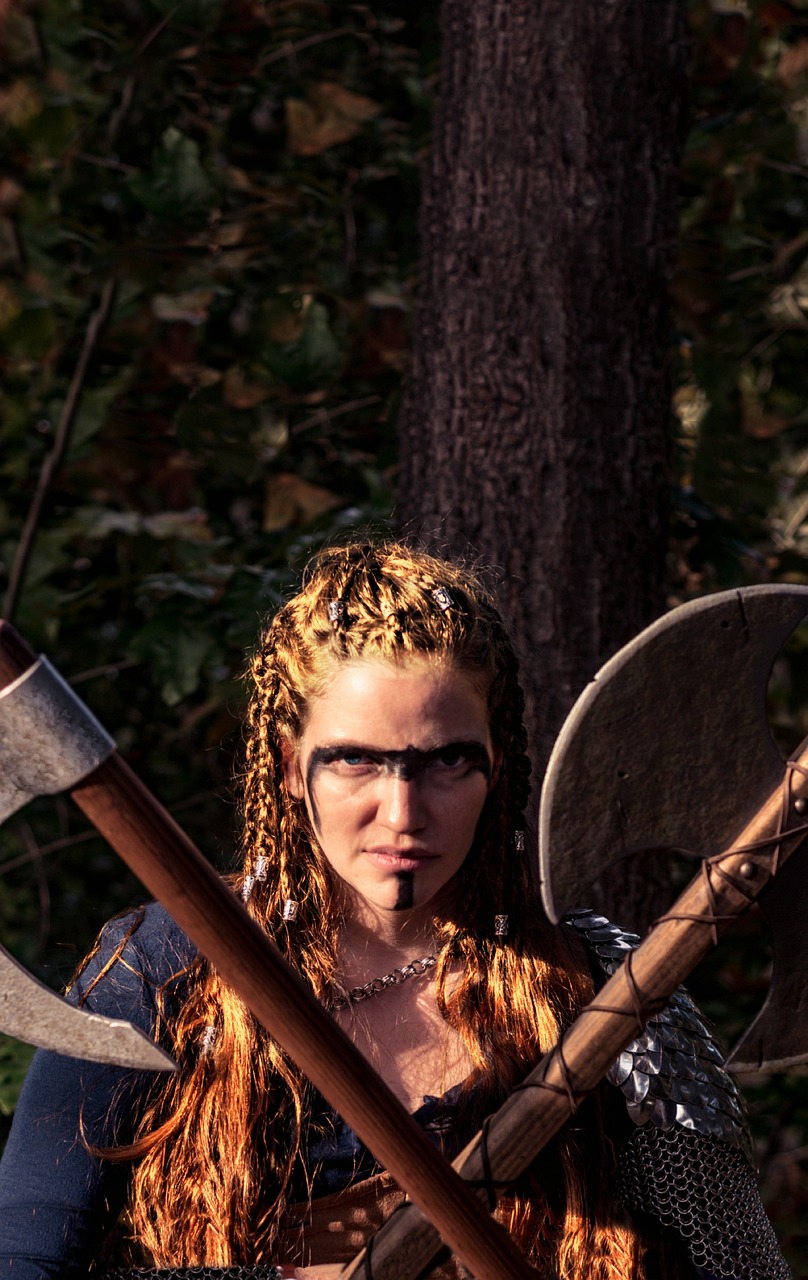
Viking culture has captivated the public’s interest in recent years, especially through the stories of legendary figures like Ragnar, Lagertha, and Björn Ironside. Many enthusiasts are delving into the ancient symbolism found in Viking runes and emblems. This exploration reveals the rich meanings behind various Viking symbols, including their significance in tattoos or as talismans.…
-
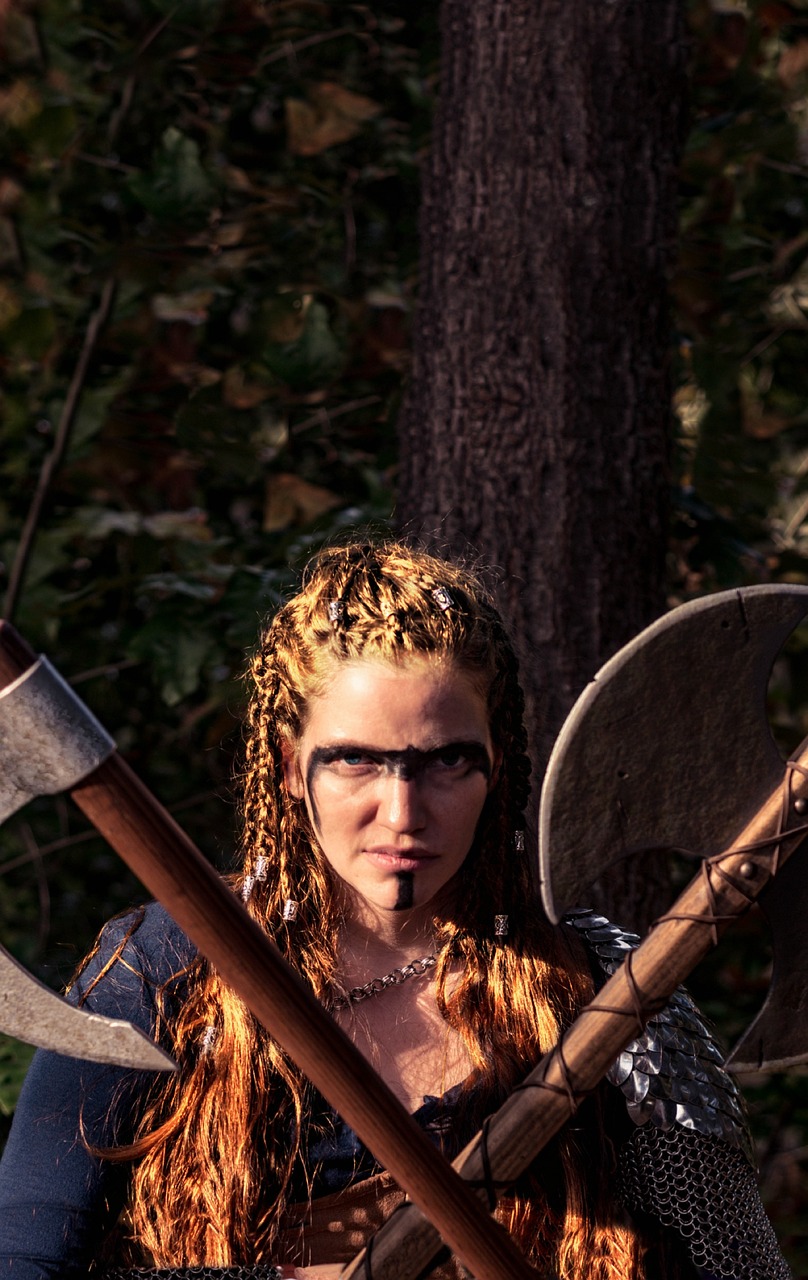
Understanding the Significance of Viking Symbols Are you intrigued by Viking symbols? In this piece, we will explore some of the most renowned mythological Viking symbols of today and delve into their meanings. For enthusiasts of Viking culture, adorning oneself with jewelry and attire featuring tattoos and symbols from Norse mythology is quite common. However,…
-

Viking Age Archaeology: Understanding the Concept of ‘Ve’ Introduction to ‘Ve’ In Norse mythology, the term ‘ve’ designates a sacred grove or space imbued with spiritual meaning, closely tied to themes of creation and divinity. It plays an important role in mythological narratives, symbolizing a realm where the divine encounters humanity. Key Insights for Your…
-
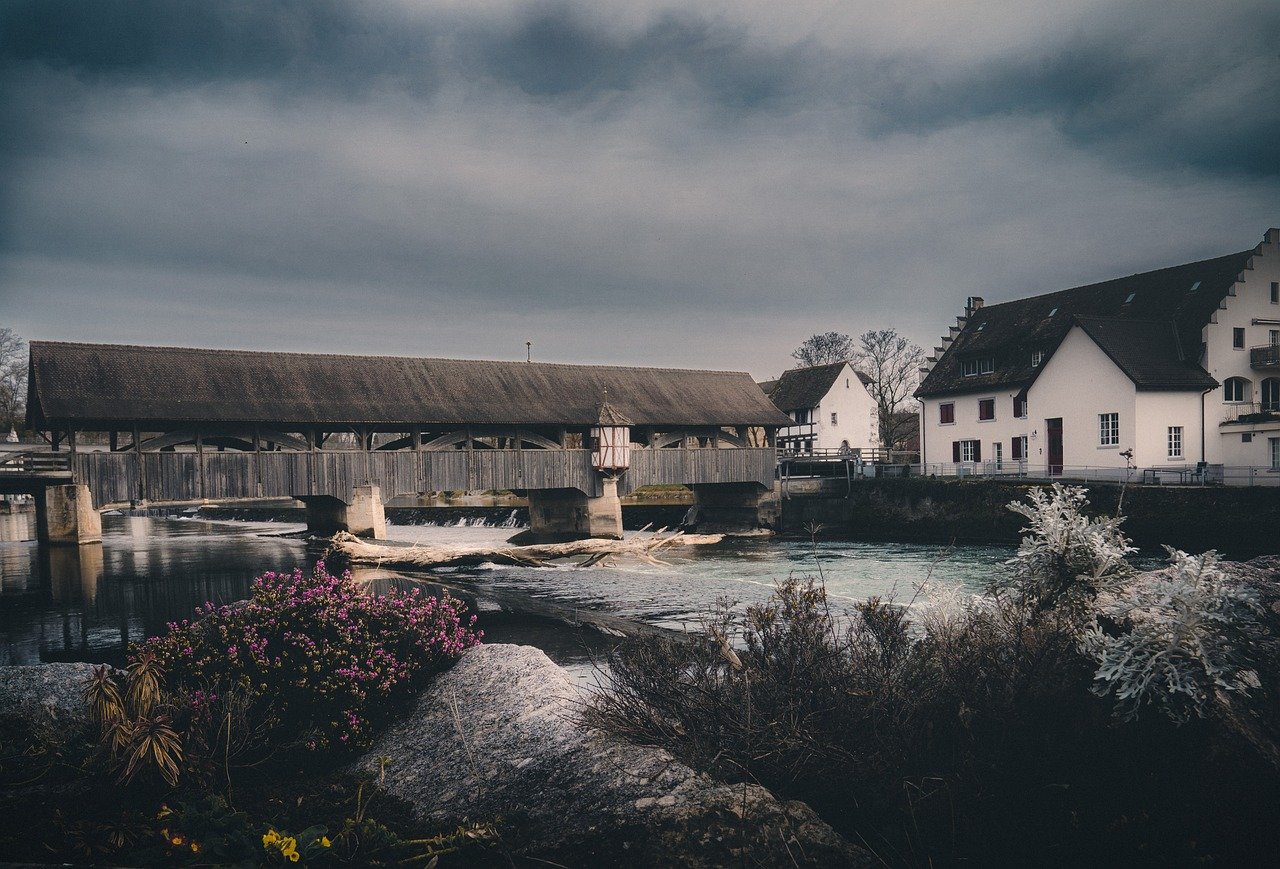
In a captivating illustration from the 19th century by Lorenz Frølich, the figures of Odin, Vili, and Ve are depicted as integral creators of the cosmos. Vili and Ve, pronounced “VILL-ee” and “VAY,” are known as the brothers of Odin, and together they played a pivotal role in the formation of the universe. The medieval…
-
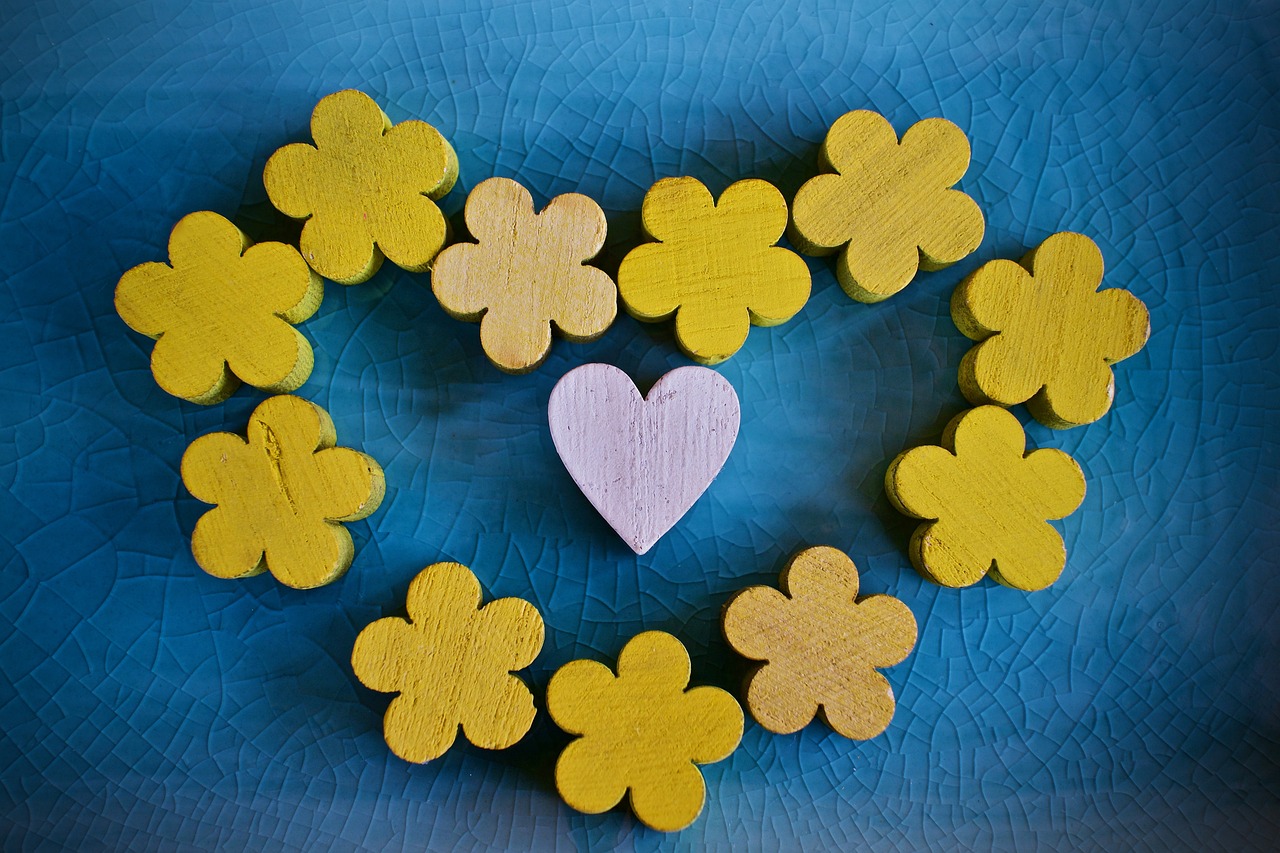
A symbol serves as an image or item that encapsulates an abstract idea, often tied to personal faith. Throughout history, civilizations from the dawn of time to contemporary societies have engaged with symbols, making intangible notions concrete and visible while assuring people of divine compassion towards their struggles. In the realm of Norse mythology, symbols…
-
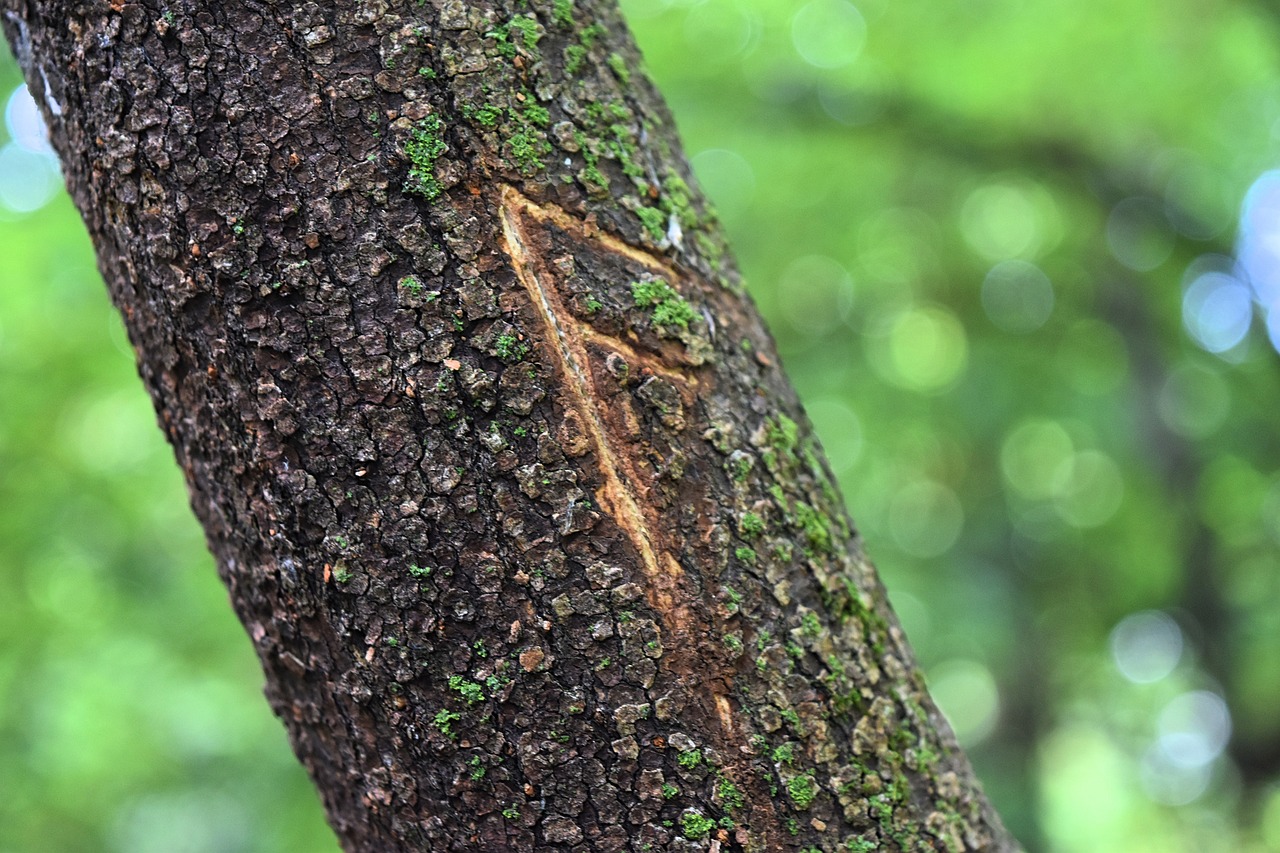
The Creation of the Cosmos by Odin, Vili, and Ve In a captivating illustration by Lorenz Frølich from the 19th century, the figure of Odin stands alongside his brothers Vili and Ve, all playing pivotal roles in the formation of the cosmos. Vili and Ve, whose names are pronounced “VILL-ee” and “VAY,” are depicted as…
-
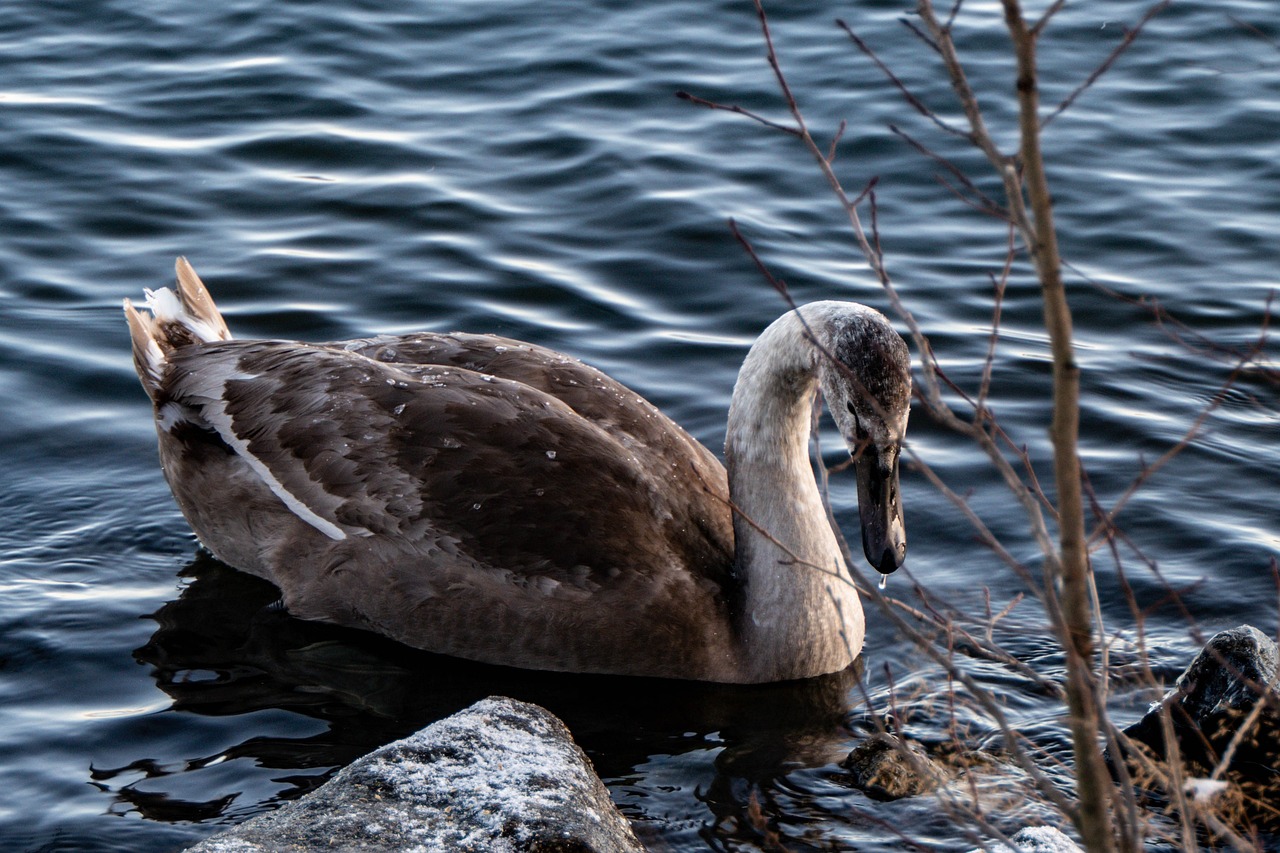
In Norse mythology, Vili and Ve, together with their brother Odin, are recognized as some of the earliest gods belonging to the Aesir tribe. They played crucial roles in world creation, emerging from the remnants of the colossal giant Ymir, as well as gifting life to the inaugural humans. Essential Details Tribe: Aesir Domains: Creation…


